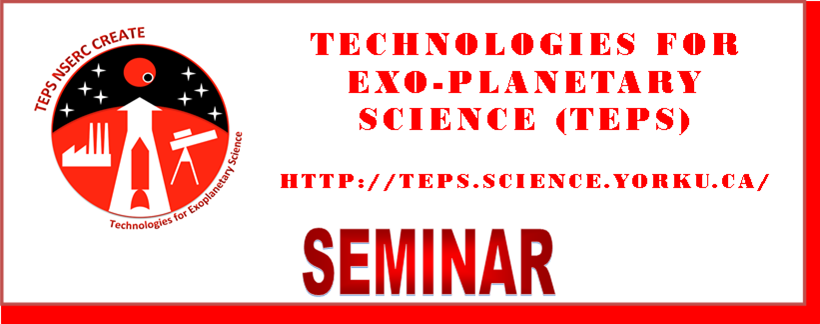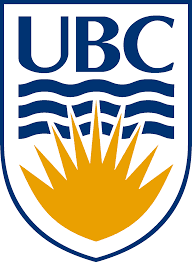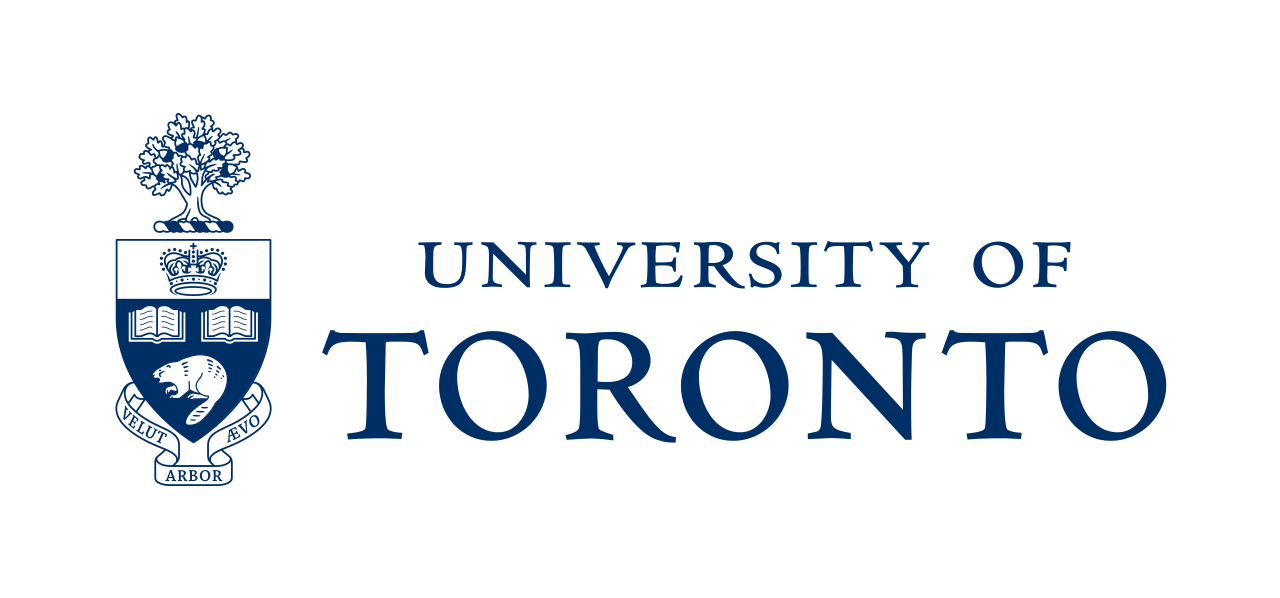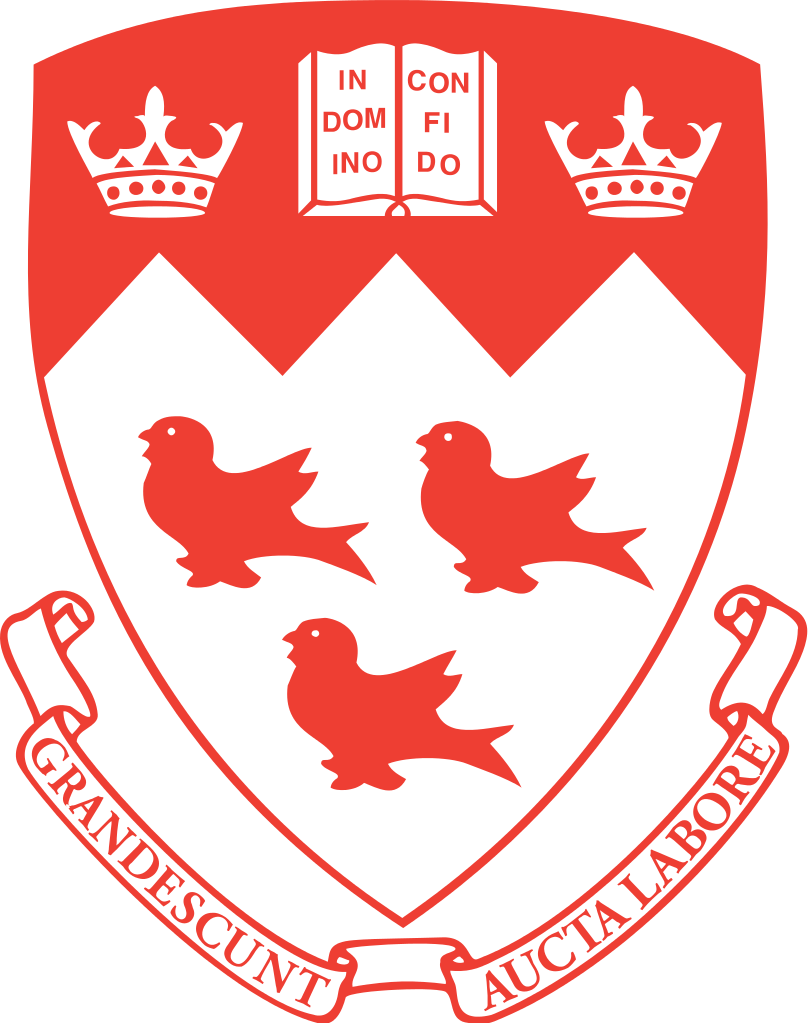
S P E A K E R
DR. CHRISTIAN MAROIS
Astronomer
NRC NSI, ATP, Inst. Science Team
Adjunct Professor University of Victoria
Abstract:
Over the last decade, we have seen an exponential growth of the exoplanet imaging field. I will first give a (strongly bias) overview of the first decade of direct imaging, where clever observing strategies and advance post-processing algorithms were in- vented, and how these were used to perform the first large scale near-infrared imaging campaigns, the GDPS, the Keck survey, and the IDPS campaigns. Together, more than 300 young nearby stars were surveyed using more than a thousand hours of 8 - 10m time. A statistical analysis of the data shows that giant planets are rare >20 au around stars, but they do exist, following the IDPS discovery, in 2008, of the HR 8799 four planet system.
Over the past few years, the first generation of facility-class extreme adaptive optics systems became operational, such as the Gemini Planet Imager, that are delivering a contrast 100x better than previous generation instruments. Now half way through its 600 stars campaign, I will briefly review some of the science highlights that have been accomplished so far. I will finally pre- sent what we can expect in the next decade, including what we can expect from 30m class telescopes.
If you are having problems viewing from Internet Explorer, please copy the website's URL into Google Chrome or Mozilla Firefox.
Please complete the following survey after watching the seminar:
Note: The survey is Mandatory for TEPS trainees!







